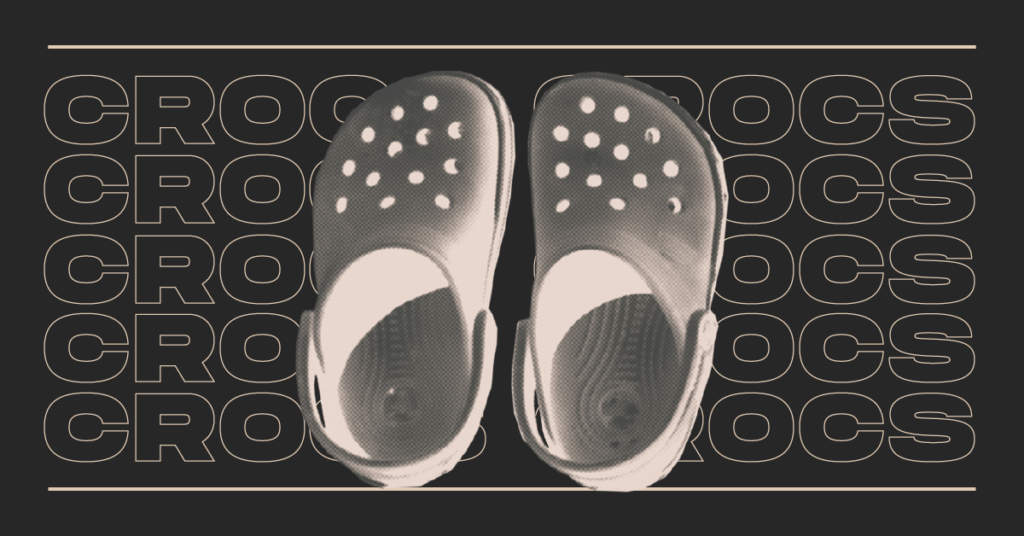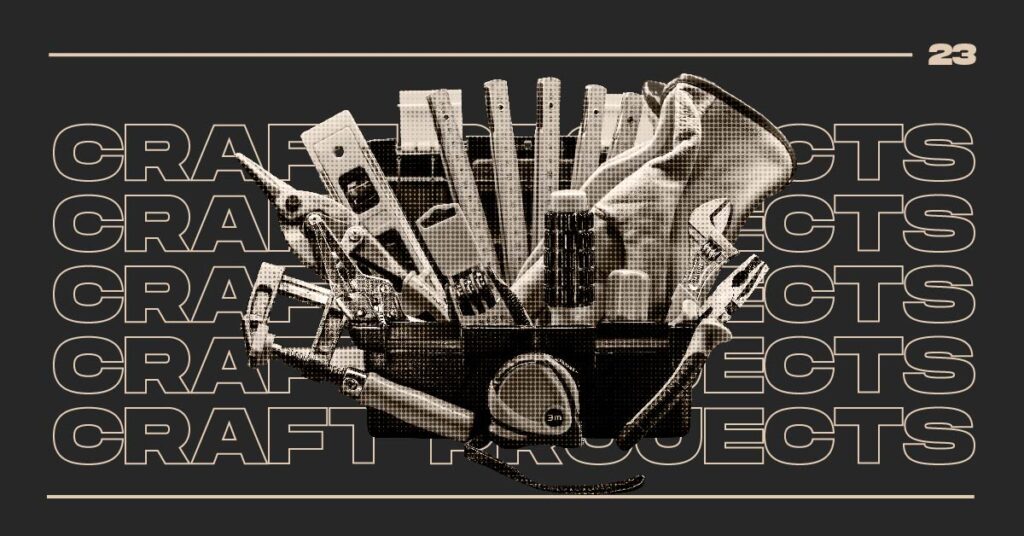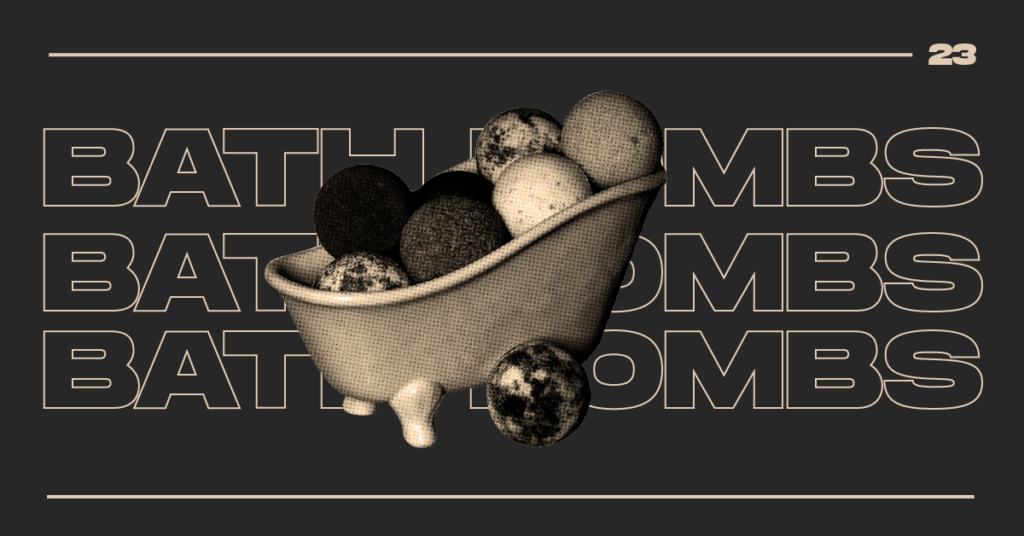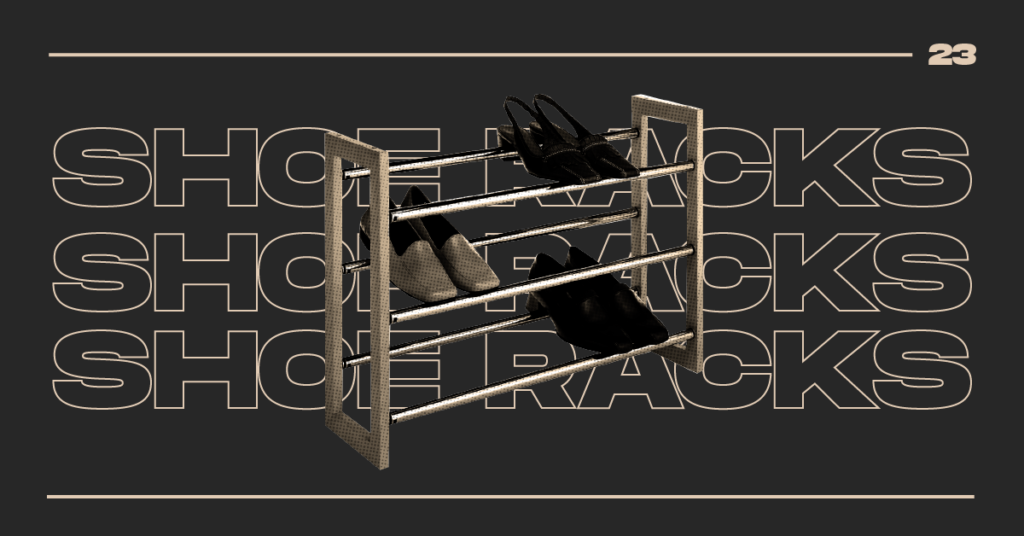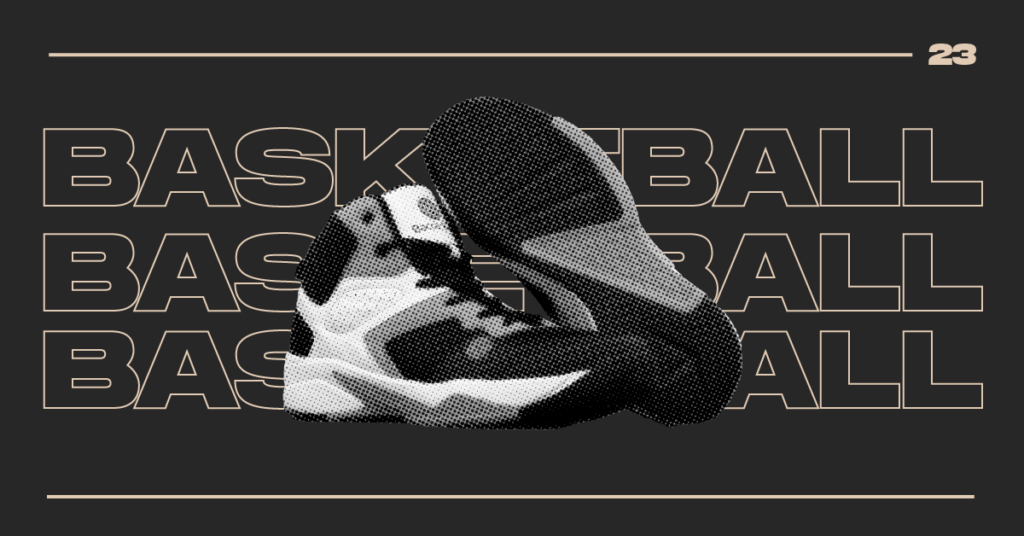You’re getting a dog, right? Thank you for accepting the PAW-rent role! Although it would be improper to draw comparisons between parenting a puppy and raising a child. There are clear similarities: Both involve a lot of effort, perseverance, money, and time. You’ll receive plenty of love in return, just like when you raise a child. Your dog is much more likely to lick your face in appreciation than your human child would. So, we listed Puppy Training Tips You Must Know Before Getting a Puppy!
Before obtaining a puppy, there are several Puppy Training Tips you need to do to get yourself and your home ready for a new furry friend. Before deciding to bring a new puppy home, there are many decisions to make and things to think about. Such as where the puppy should sleep on its first night, who will be taking care of it, and if you have all the necessary materials on hand, like Pet Beds For Your Bachelor Pad and the Best Leash for Your Dog. Don’t succumb to impulse and bring a puppy home at the wrong moment. Initially, conduct research. Find out if you’re ready to get a puppy and how to do so responsibly. Learn about how to raise a puppy and how to get ready for your new puppy. Here are the Puppy Training Tips You Must Know Before Getting a Puppy!
Table of Contents
ToggleSafe Places to Play and Sleep

Puppies can relax and play in safely in dog crates and playpens. Furthermore, crates and enclosures prevent your dog from inappropriate chewing and urinating.
The size of your dog’s crate simply needs to be large enough for your dog to stand up and turn around Contrary to a prevalent assumption that these safe spaces must be vast to be effective, adds Davis. To adjust the size of their space, some crates, like Frisco’s Fold & Carry dog crate, include a divider. To do this, purchase the size they will likely need when they are adults and then move the divider as they get bigger.
Exercise pens are exactly what they sound like larger fenced-in spaces. Similar to playpens for children, that gives your dog a place to play and run around safely while you’re busy doing other things. Your dog’s crate is a place for rest.
A Puppy Proof Home

You must make sure your house is ready before your small friend visits. Make every effort to puppy-proof your home. Puppy destructive behavior is typical, annoying, and can be harmful to your dog. Every little thing that can harm your puppy will be discovered by it.
- In the best-case scenario, hide all electrical cords.
- Lock cabinets, especially ones containing food, medications, hazardous chemicals, and other potentially dangerous household products.
- Place indoor plants high so that your dog can’t chew on their leaves.
- Consider purchasing a garbage can with a locking cover or hiding the trash can behind closed doors.
- Keep tiny objects like shoes, clothing, and laundry out of reach. Puppies occasionally swallow or chew on these.
Maintaining constant supervision over your puppy is the greatest method to keep it safe. While you’re gone, confine your puppy to a kennel (just avoid leaving for more than a few hours when your puppy is still young). Before it is fully grown and housebroken, a puppy shouldn’t have access to the entire house.
Pet Insurance

Over the course of a dog’s life, you should budget around $16,600* for veterinarian treatment, including everything from severe accidents to ordinary ailments. It could cost thousands more if there is a catastrophic emergency added in. Pet insurance can assist in paying for a significant portion of the therapies if your dog becomes unwell or injured. For the simple reason that you shouldn’t ever have to choose between giving your pet the best care possible and managing your finances.
What about your puppy? Do you have insurance for your home, health, and vehicle? It can be expensive to get veterinary treatment. A portion of the expense of annual exams, vaccinations, and possibly emergency clinic visits can be covered by pet insurance. Like your own health insurance, pet insurance has monthly payments and deductibles. If knowing that your new puppy can receive the care it needs gives you peace of mind, you may decide that the monthly cost is worthwhile.
The Right Veterinarian

Within a few days of moving into your home, your new puppy should make his or her first appointment with the vet. Even if there are no immunizations due, the puppy should receive a physical examination. Checking for any health issues that the breeder, shelter, or rescue organization might have missed is an opportunity during this process.
Finding a reputable vet before bringing your dog home is recommended. When that happens, you won’t have to scramble to find a vet because one is already scheduled. In a place that is convenient for you, seek out a veterinary clinic with a good reputation. Make sure you can afford their prices. Researching potential vets and asking around are the best ways to find one. Speak with friends and relatives who own pets. Examine internet reviews. To get a sense of the hospital, you might even want to go on a tour and meet the staff.
Teething toys and Treats

When they first start teething, puppies will chew on just about anything they can get their little paws on, so make sure to get the anti-chew spray and keep things like shoes and other items that might typically be within their reach out of the way and out of sight. Not only will your favorite kicks have new chomps, but your puppy might also ingest something unpleasant, leading to choking and/or intestinal blockages that may necessitate pricy surgery. Treats and toys for teething babies might ease some of their agonies (and the potential damage they could do to your property).
Puppy School

It’s a good idea for your puppy to socialize with other puppies and start learning bite inhibition and fundamental instructions, whether you work with a trainer, send your dog to puppy school, or train your puppy yourself at home. Depending on the breed of your puppy, you should start training them at a different age, but an excellent list of fundamental commands to teach your puppy is sit, stay, come, down, and heel. These will make it simpler to walk, feed, and generally live with your puppy while also helping to teach them to impulse control. Ask friends and family for referrals if you’re working with a trainer.
Effective puppy training is a journey that requires patience, consistency, and the right tools. As you embark on this adventure with your furry companion, remember that a well-behaved pup is a happy one. Alongside essential training techniques, don’t overlook the importance of providing the best bowls for dogs. Investing in high-quality bowls not only ensures your pup’s mealtime satisfaction but also promotes their overall well-being. So, as you witness your adorable ball of fur grow into a disciplined and joyful companion, savor the moments of progress, and celebrate the bond that blossoms between you and your four-legged friend.

